Tugboat (3/4)
Tugboats as Reefs
Tugboats make excellent artificial reef subjects. Because of their sturdy construction, they last a very long time, while their generally small size makes it possible to sink them in relatively shallow coastal waters. It also seems to be practically impossible to sink a tugboat in anything but an upright position, unlike many other types of vessel that are used as reefs. They are also used to tow other vessels to be sunk as artificial reefs.
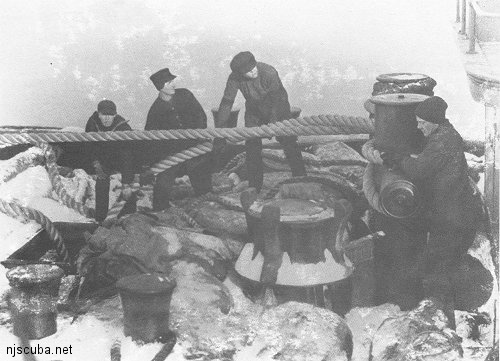
A huge towing bit in use on a turn-of-the-century tugboat. Notice the smaller deck cleat and the steam-powered capstan in the foreground. Old tugboat wrecks are readily identified by the presence of such large and obvious artifacts.
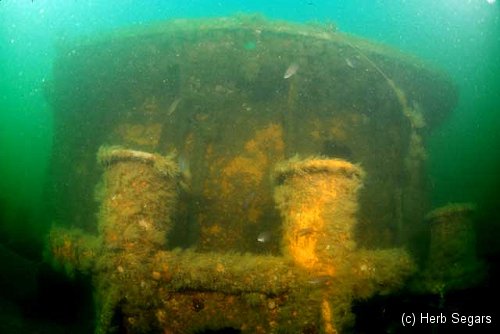
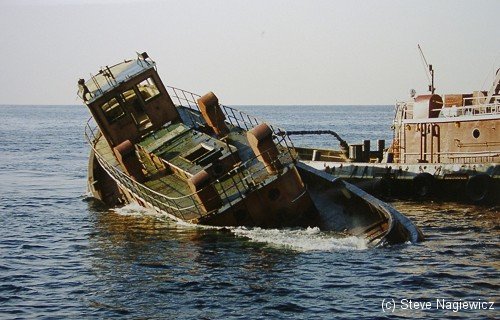
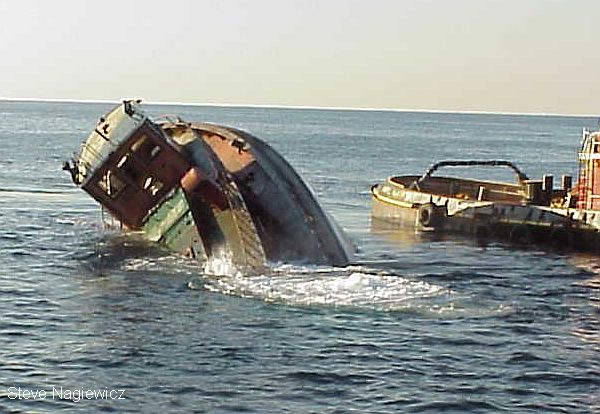
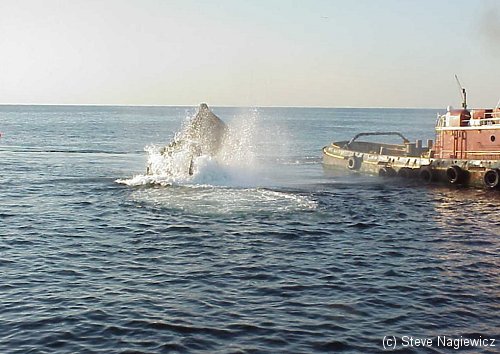
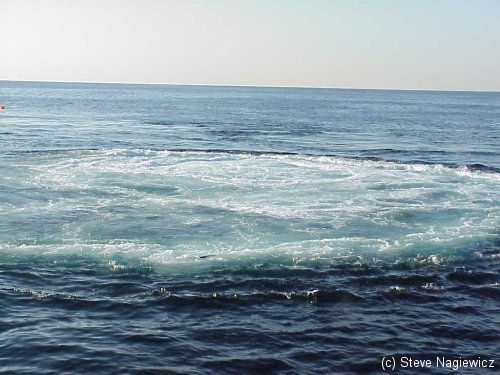
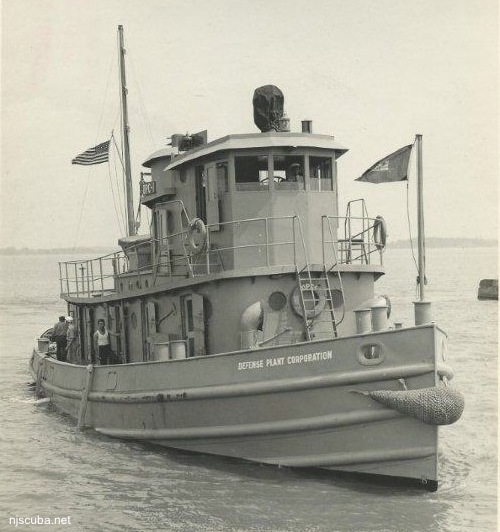
One very common class of tugboat that has been used extensively as artificial reefs is the Navy YTM ( Yard Tugboat Medium ) and the equivalent Army ST ( Small Tugboat. ) These are vessels of 90 to 100 feet. During World War Two, the military requisitioned every usable boat they could find and built hundreds more to standardized designs. Many were built to the Defense Plant Corporation design. These bats have DPC numbers. Another common designation was WSA, for War Shipping Administration. After the war, most of the boats were surplussed - returned to their original owners or sold-off. These tugboats are over 70 years old now, at the end of their working lives, and frequently offered up as artificial reefs:
- SP-366 Charles P. Crawford - 1915 ( World War I ) Margaret
- DPC-14 Matt Turecamo - 1943 - "GA Venturo"
- DPC-15 Brooklyn - 1943 - "Joan LaRie III"
- DPC-42 Cecilia J Brown - 1943 - "Joan LaRie III"
- ST-842 Billy D - 1945
- YTB-175 Bay King - 1941
- AT-95 USS Zuni - 1943 ( WWII fleet tug ) Tamaroa
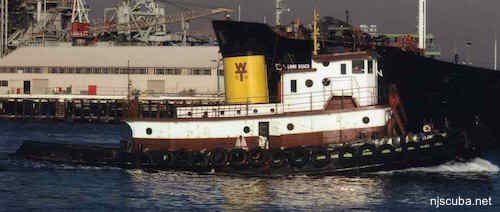
Above is a typical DPC-type tugboat. The layout of the doors and windows is a good identifier. Over their long lives, they may have had portholes and doors added or plated over, but you can usually tell where that has been done.

